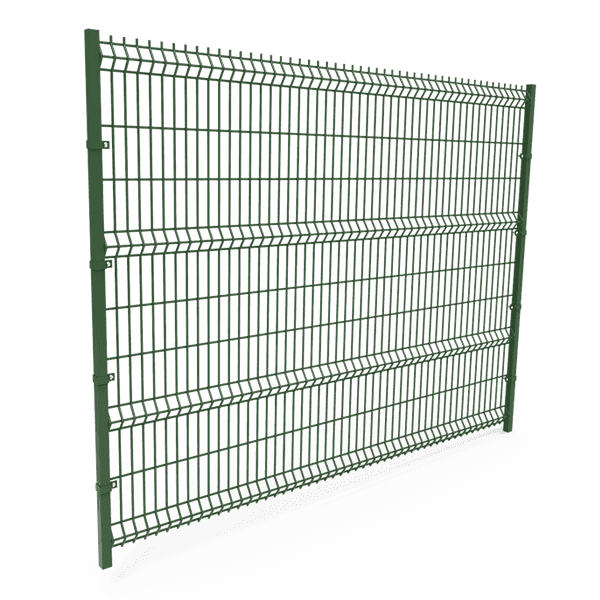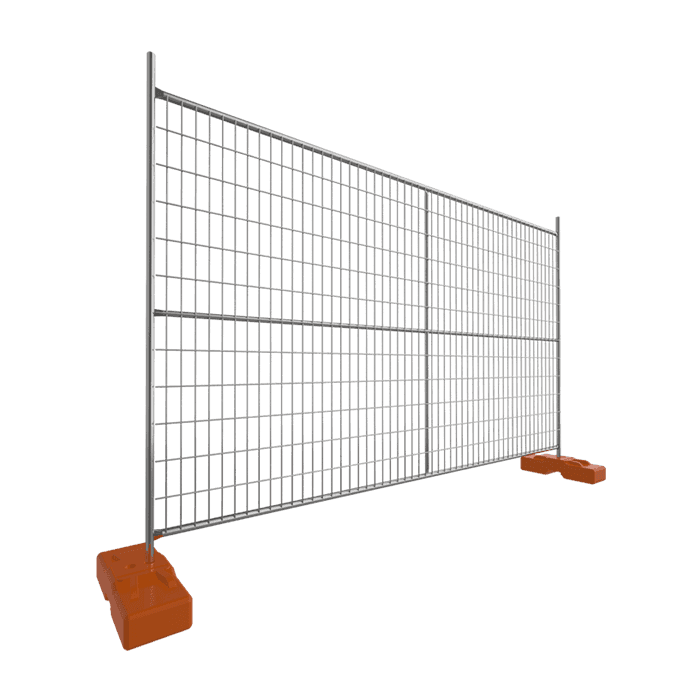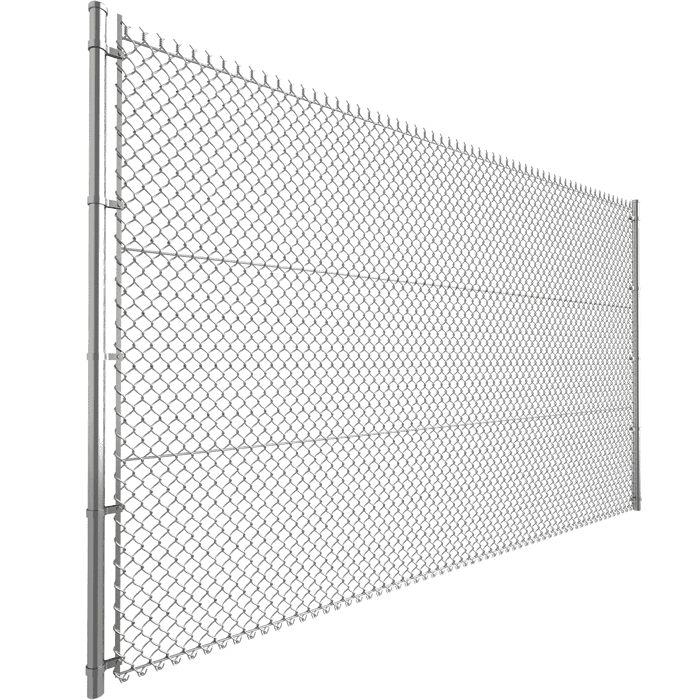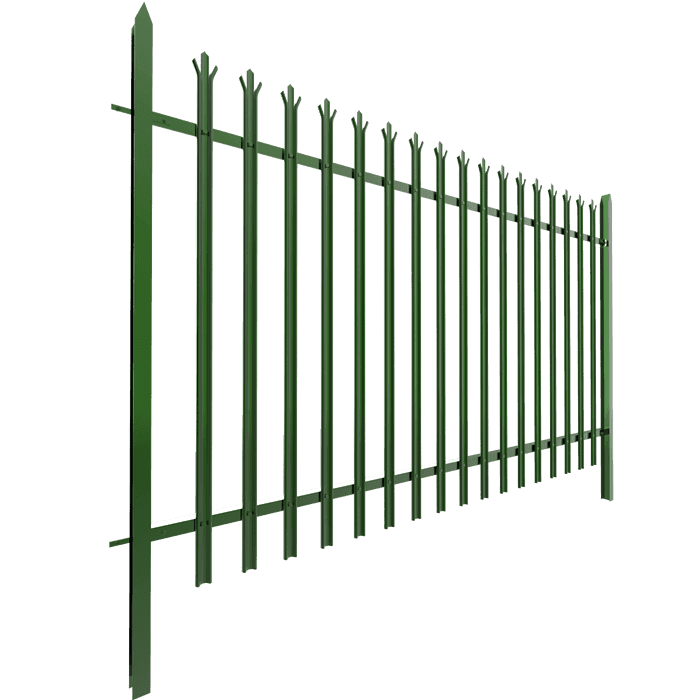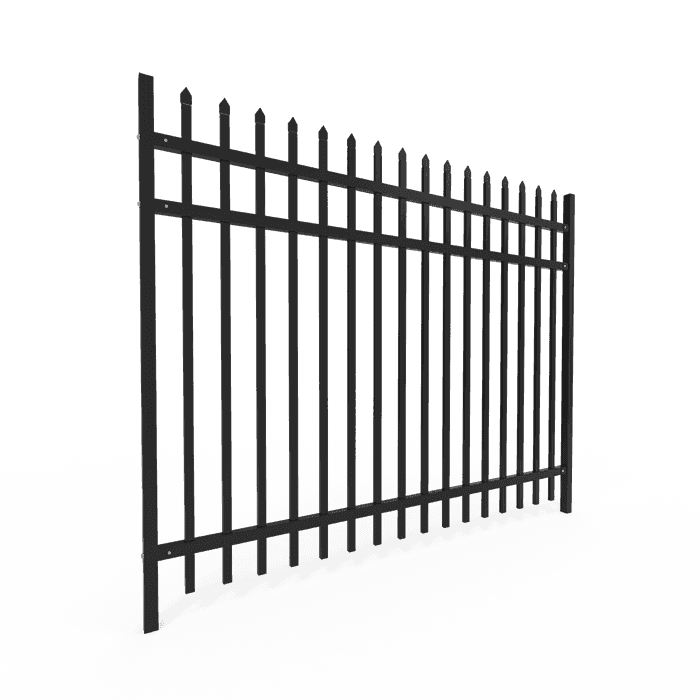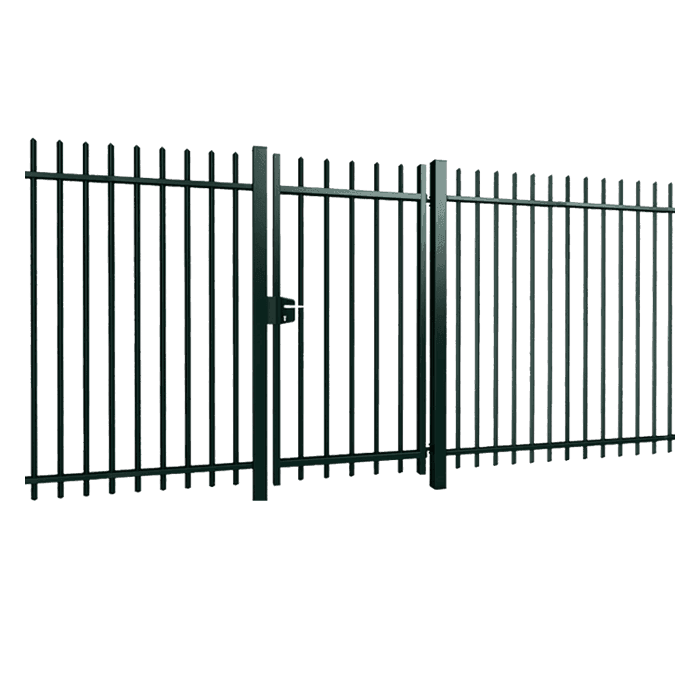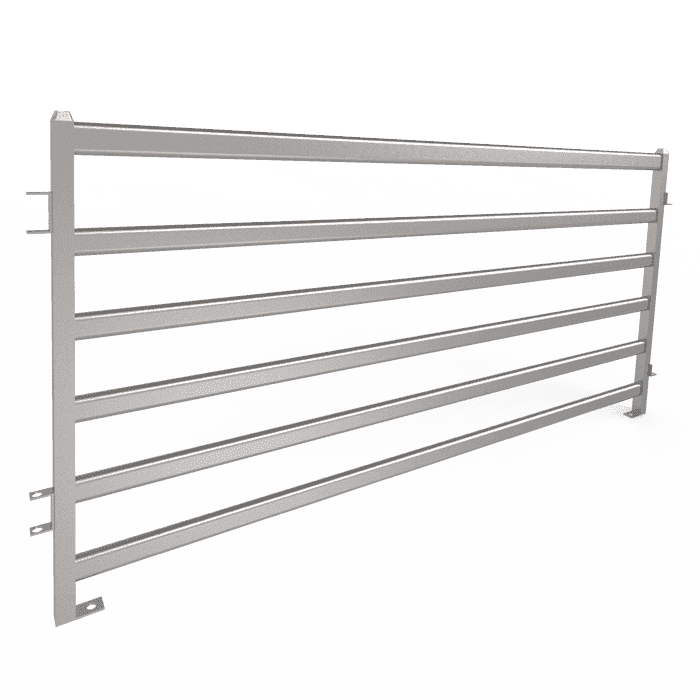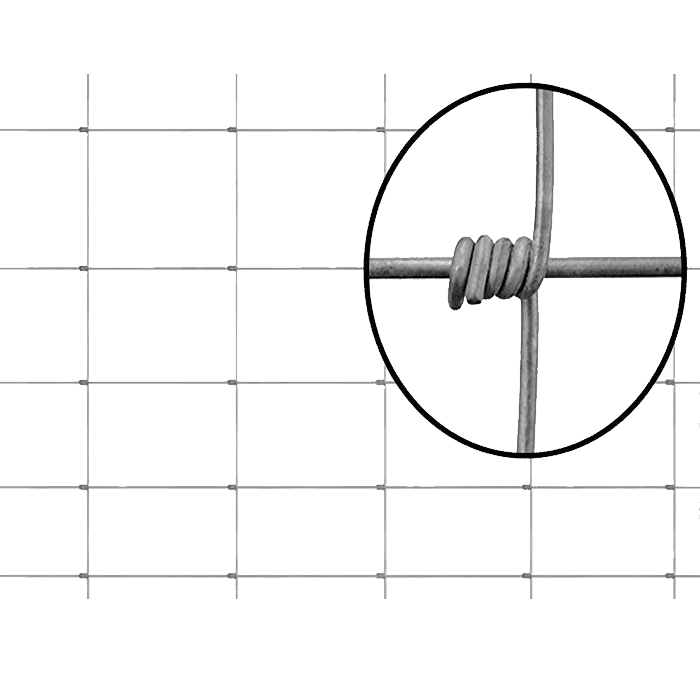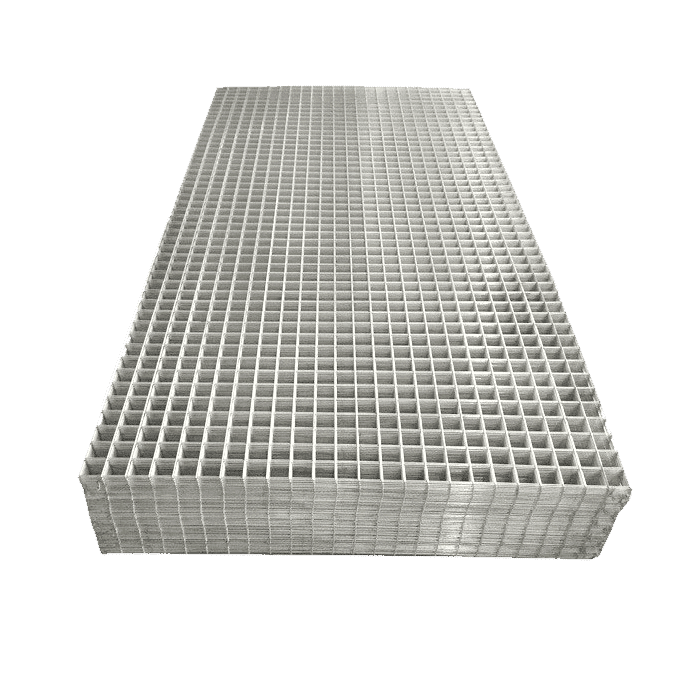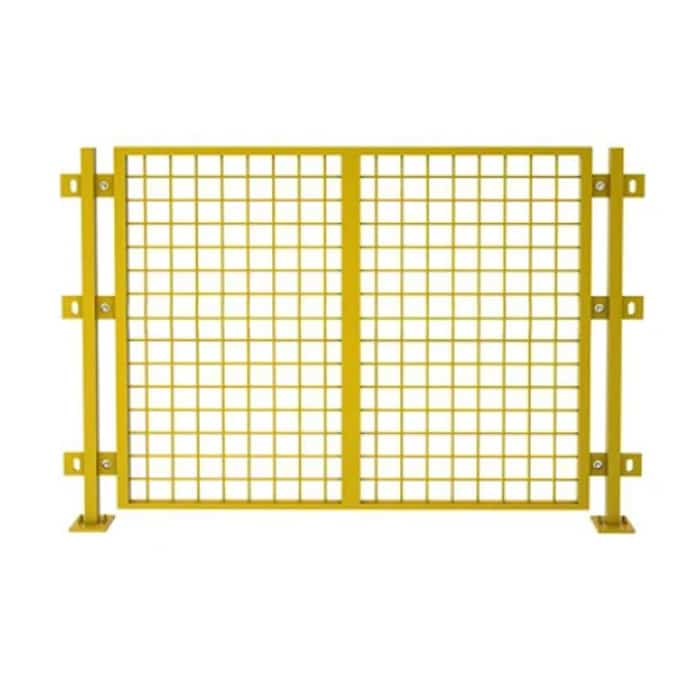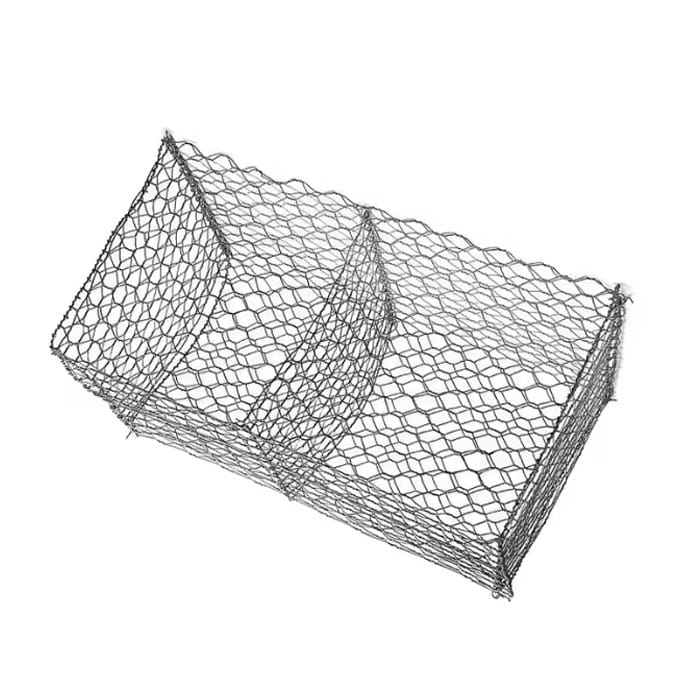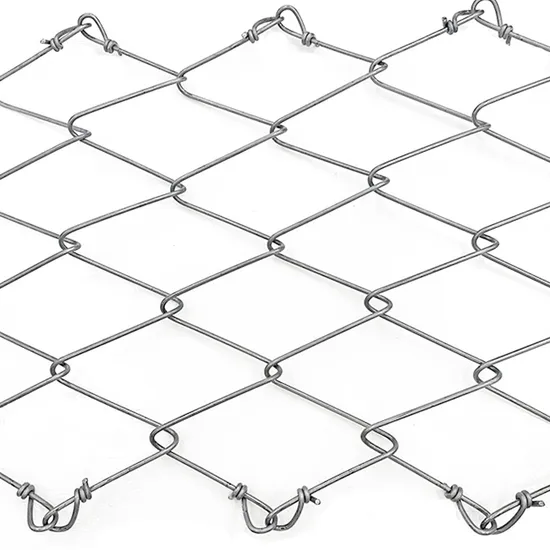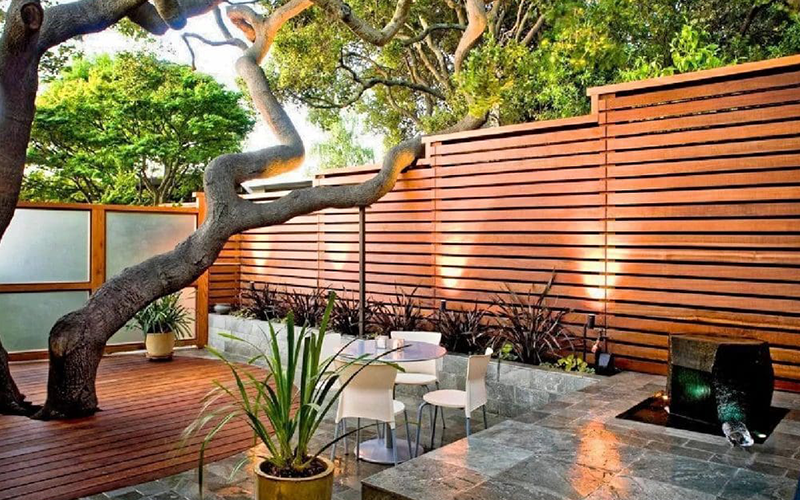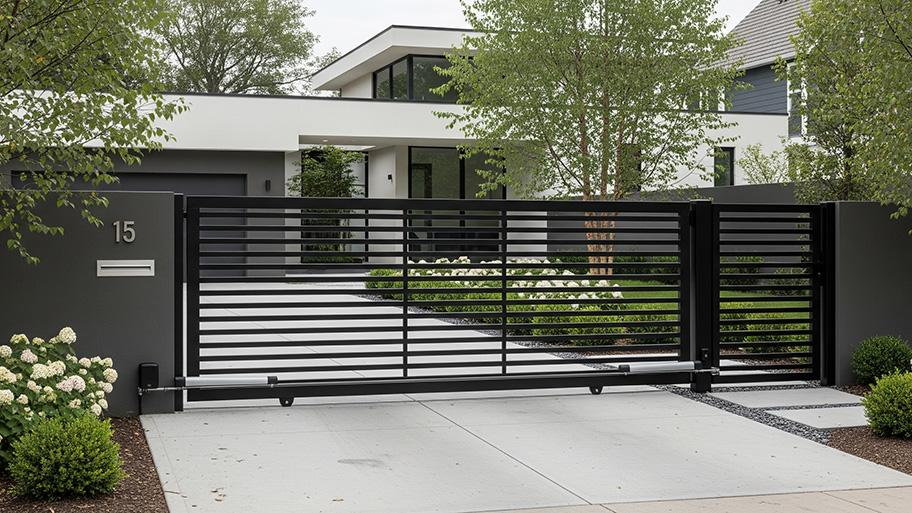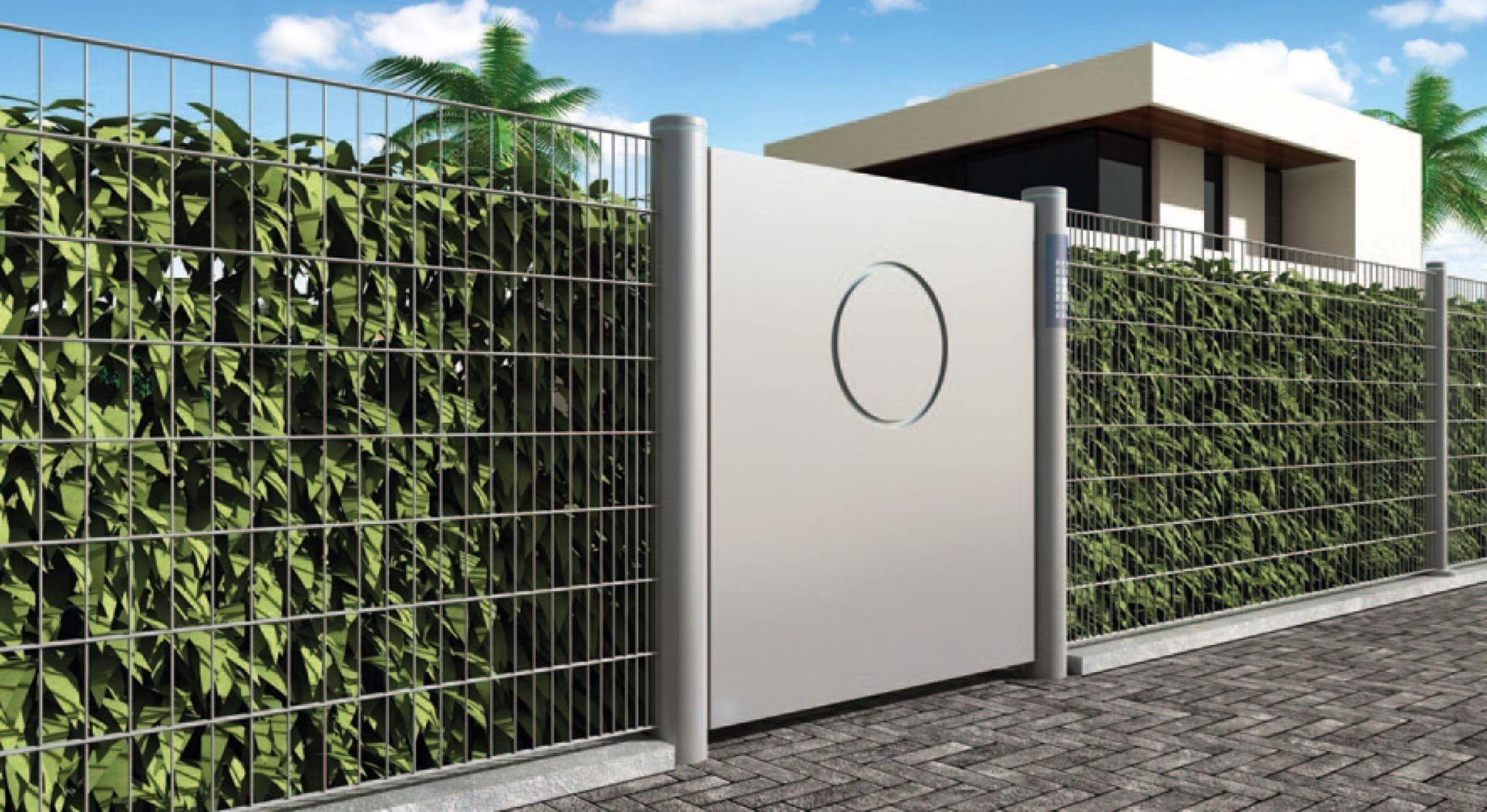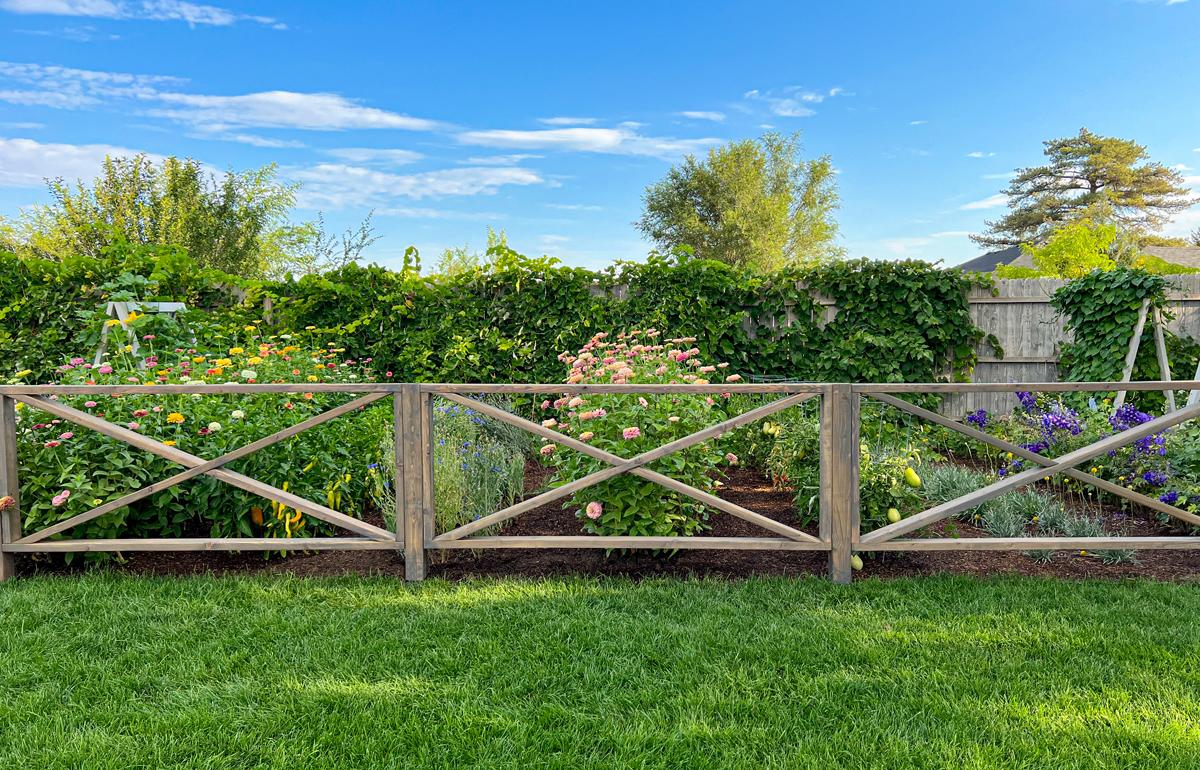Table of Contents
When homeowners think about increasing property value, they often focus on kitchens, bathrooms, or landscaping. Yet, one element that is sometimes overlooked can play a surprisingly important role: the fence. A fence is not just a boundary marker; it shapes how people see and experience a property.
Whether you’re preparing to sell or simply want to invest in your home’s long-term worth, understanding how a fence affects value is essential. Some fences can significantly boost appeal and price, while others might hold your home back. This article explores the different ways a fence can influence your home’s value, what types work best, and how to maintain them for lasting impact.
1. The role of fences in housing
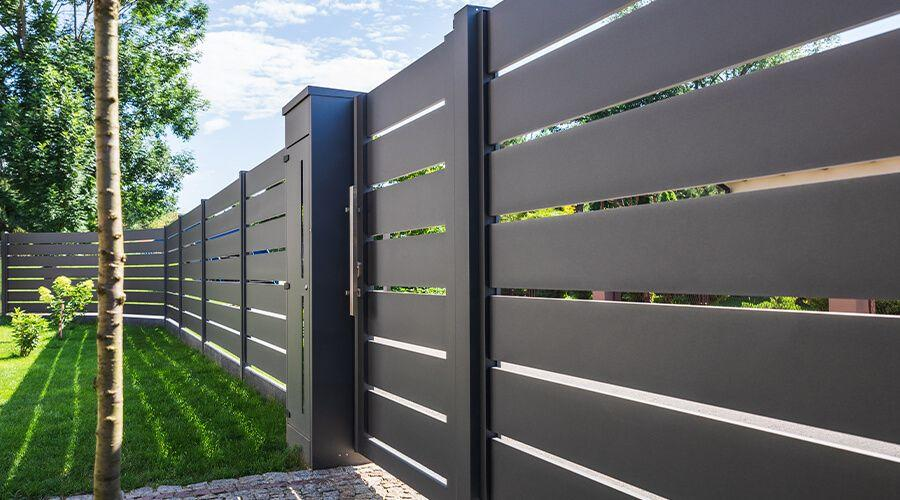
Before diving into the details, it helps to look at the individual roles a fence plays. Each role contributes differently to how a property is perceived, starting with one of the most important security and defining boundaries.
Security and Boundary Definition
One of the most basic roles of a fence is marking where a property begins and ends. Clear boundaries reduce conflicts with neighbors and give homeowners a sense of ownership and control over their land. At the same time, fences act as a barrier against trespassing, making the property feel safer.
Privacy and Seclusion
Privacy is one of the main reasons homeowners install fences. A solid or semi-solid design shields the home from neighbors, traffic, and passersby. This seclusion helps people relax outdoors and makes the property feel like a personal retreat.
Outdoor Living and Functionality
Fences turn open yards into structured, usable spaces. They define play zones for children, safe enclosures for pets, or separate areas for gardening and entertaining. By organizing outdoor living, fences make a property more practical and enjoyable.
Noise Reduction
In busy neighborhoods or near main roads, noise can be a daily frustration. Tall wood or masonry fences can buffer sound, reducing the impact of traffic, schools, or nearby businesses. For buyers seeking peace and quiet, this benefit adds to the home’s comfort.
Aesthetic Enhancement
Fences also serve a decorative role by framing a house and its landscaping. A well-chosen design complements the architecture, creating a cohesive and polished appearance. This visual harmony strengthens curb appeal and leaves a positive impression on visitors or buyers.
Cultural and Lifestyle Symbolism
Different fence styles carry symbolic meaning. A classic white picket fence often represents tradition and family values, while sleek, modern panels suggest sophistication and contemporary living. These subtle cues can influence how buyers emotionally connect with a property.
Safety and Accident Prevention
Beyond security, fences provide protection for children and pets by blocking access to streets, pools, or ponds. This practical function reassures families that the property supports safe living. Buyers often see this as a major plus when comparing homes.
Customization and Flexibility
Fences allow homeowners to customize their outdoor spaces. They can create private patios, screened gardens, or cozy corners for relaxation. This adaptability adds value by showing that the home can cater to different lifestyles and preferences.
2. Why Fences Increase the Value of Your house?
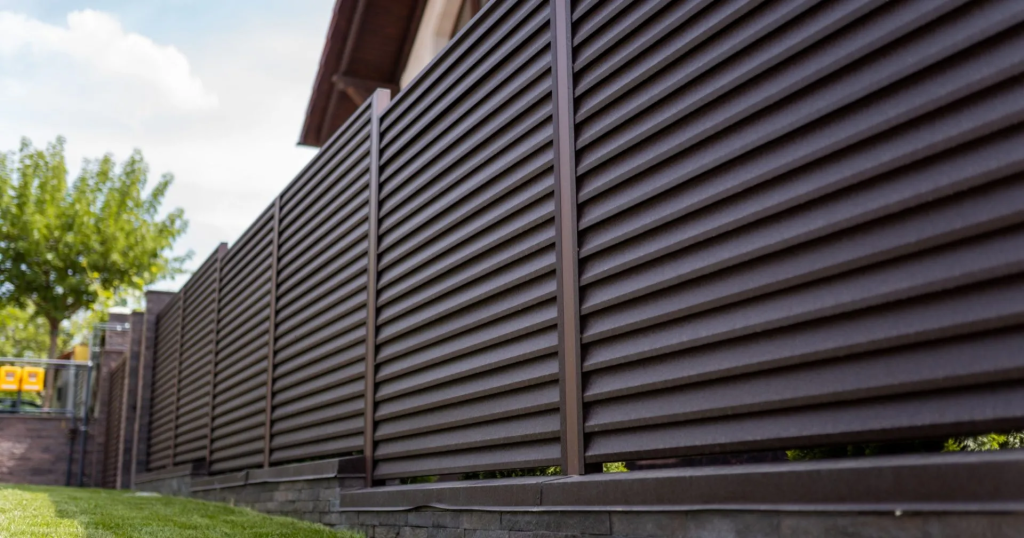
The value of a home is never just about walls and roofs it’s about the complete experience. A fence can enhance this experience by improving security, privacy, and beauty. Buyers often see a fence as a sign of care and an extra feature they won’t have to install themselves.
Privacy and Security
Privacy is one of the most common reasons people invest in a fence. A solid or well-designed fence can shield a yard from neighbors and busy streets, creating a retreat within the property. Security also matters; families with children or pets appreciate knowing that a fence creates a safe enclosure.
Curb Appeal and First Impressions
First impressions can shape how buyers value a home. A neat, stylish fence frames the house and landscaping, making everything look more polished. When buyers see that the exterior is cared for, they are more confident that the rest of the home has been maintained too.
Defined Usable Outdoor Space
A fence gives structure to outdoor areas, turning them into functional extensions of the home. Buyers can easily imagine barbecues, children’s playtime, or gardening within defined, secure zones. This clarity adds emotional appeal, which often translates into higher value.
Market Differentiation
In neighborhoods where homes look similar, a fence can be the detail that sets one property apart. Buyers with pets, kids, or a desire for privacy will naturally be drawn to a fenced yard over one without. That difference can mean quicker sales and stronger offers.
Return on Investment (ROI)
While installing a fence requires money upfront, it can provide a solid return. A well-chosen fence not only increases immediate curb appeal but also prevents a potential buyer from factoring in installation costs. For many, it’s a feature worth paying extra for.
Transition to types of fences
Not all fences deliver the same benefits, though. The style, material, and placement of a fence determine whether it adds charm and value—or becomes a drawback.
3. What kind of fence can increase the value of your house?
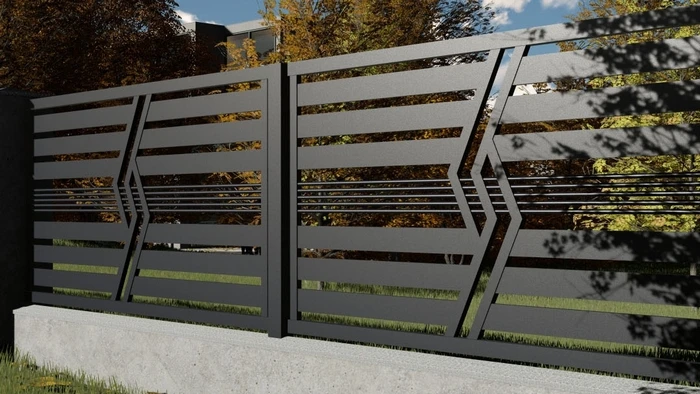
When it comes to raising value, the type of fence matters as much as its condition. Homebuyers are influenced by both aesthetics and durability, so certain styles consistently add more appeal than others.
Wood Fences (Timber)
Wood remains a classic choice. Its natural look blends well with many home designs, from traditional cottages to modern farmhouses. With proper staining or painting, wood fences create warmth and character that buyers appreciate.
Vinyl or PVC Fencing
Vinyl fences are known for being low-maintenance while still attractive. They don’t rot or require constant painting, which appeals to buyers who want durability without heavy upkeep. Their clean, fresh appearance also adds modern charm.
Decorative Metal Fences (Aluminum, Wrought Iron, Steel)
Metal fences, especially wrought iron or decorative aluminum, project elegance and strength. They are often associated with upscale properties and give an impression of timeless quality. Placed at the front, they can dramatically improve curb appeal.
Brick, Stone or Masonry Fences
For high-end properties, masonry fences add prestige. They are sturdy, long-lasting, and make a strong visual statement. Buyers who see stone or brick often associate them with luxury and exclusivity.
Privacy and Semi-Privacy Fences
Solid or semi-solid fences that offer privacy are especially appealing in urban or suburban neighborhoods. They provide seclusion while still allowing airflow and light, balancing comfort with practicality.
Transition to fences that lower value
Just as the right fence can boost desirability, the wrong one can have the opposite effect. Poor materials, mismatched designs, or neglected upkeep can actually drag down property value.
4. What kind of fence might lower the value of your house?
Not every fence is an asset. Some designs and conditions can signal neglect, poor taste, or even future headaches for buyers. Choosing the wrong fence or failing to maintain it can turn a potential selling point into a liability.
Chain-Link or Cheap Metal Fencing
Chain-link is functional but rarely attractive. In front yards especially, it can make a property look industrial or unfinished. Unless enhanced with landscaping or design elements, it often reduces curb appeal.
Fences Poorly Matched to Home or Neighborhood Style
A fence should complement the architecture and surroundings. A sleek modern design on a historic home or a tall wall in a neighborhood of open yards can feel out of place. Buyers may view this mismatch as a future expense to replace.
Overly Tall or Solid Fences That Block Views or Light
While privacy is valuable, too much enclosure can make a property feel closed off. If a fence blocks natural views or sunlight, it may leave buyers feeling confined rather than comfortable.
Poor Quality Materials or Workmanship
A sagging, rusting, or rotting fence is worse than none at all. It signals deferred maintenance and future repair costs. Buyers often mentally subtract those costs from their offer price.
Fences That Violate Local Codes or HOA Rules
If a fence doesn’t comply with regulations, it becomes a problem rather than a perk. Buyers don’t want to inherit disputes or face potential removal, so compliance is critical.
Transition to maintenance
Even the best fence can lose value if it isn’t looked after. To truly protect your investment, ongoing care and upkeep are just as important as the initial installation.
5. How to maintain the fence to protect the value of the house?
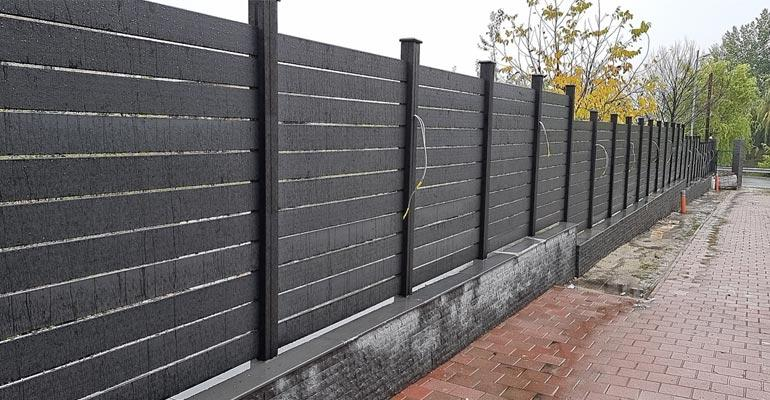
A fence only adds value if it remains in good condition. Over time, exposure to weather, wear, and accidents can damage even the best materials. Consistent maintenance ensures your fence continues to look appealing, function properly, and support the overall worth of your property.
Regular Cleaning and Upkeep
Cleaning prevents dirt, mildew, and algae from building up and making the fence look old. For wood, occasional power washing combined with staining or sealing preserves its natural look. For vinyl and metal, simple washing with soap and water often restores a fresh appearance.
Routine Inspections
Walk around your fence at least a few times a year to check for issues. Look for leaning posts, loose boards, rust spots, or cracks. Catching these small problems early can save money and prevent them from turning into major repairs.
Prompt Repairs
A single broken board or sagging gate can make the entire fence seem neglected. Repairing damage quickly shows care and protects the fence’s structure. Buyers tend to associate well-maintained fences with a well-maintained home overall.
Protection Against Weather
Fences are constantly exposed to sun, rain, and wind. Applying protective sealants to wood, rust-preventive coatings to metal, or UV-resistant treatments to vinyl helps extend their lifespan. In areas with harsh winters or strong sun, this step is especially important.
Landscaping Care
Vegetation around the fence can either enhance or damage it. Trim plants, vines, and shrubs to prevent moisture buildup and rot. At the same time, landscaping can highlight the fence’s beauty when kept under control, boosting curb appeal.
Style and Color Refresh
A fence that fades or peels can drag down a property’s look. Repainting, staining, or refreshing the finish brings vibrancy back. Choosing a color that matches or complements the house and yard ties the entire property together visually.
Hardware and Gate Maintenance
Hinges, latches, and locks often wear out before the fence itself. Oiling moving parts, replacing rusted screws, and tightening hardware keeps gates functional and safe. Buyers notice small details like smoothly opening gates, which can make a strong impression.
Seasonal Preparation
Different seasons pose different risks. In rainy months, check drainage around posts to prevent rot. In snowy climates, clear heavy snow off the fence to avoid leaning or breakage. Preparing for the season reduces stress on materials and keeps the fence stable year-round.
Compliance with Local Rules
If the fence needs to be replaced or modified, ensure it still meets local zoning or HOA guidelines. Staying compliant avoids costly disputes and reassures buyers that the fence won’t cause legal problems after purchase.
Long-Term Investment Mindset
Think of fence maintenance as protecting a long-term investment rather than just a chore. A fence that looks clean, solid, and stylish communicates pride in ownership. When it comes time to sell, that pride translates directly into higher property value.
Conclusion
A fence can absolutely increase the value of your house but only if it’s the right fence, in the right condition, and in harmony with its surroundings. A well-chosen and well-maintained fence offers privacy, security, and visual appeal, which buyers are willing to pay more for. On the other hand, a poorly built or neglected fence can harm value instead.
For homeowners, the key is to see a fence not as an afterthought but as an extension of the home’s personality. Invest wisely, maintain it with care, and your fence will do more than mark boundaries; it will boost the value and attractiveness of your property.

